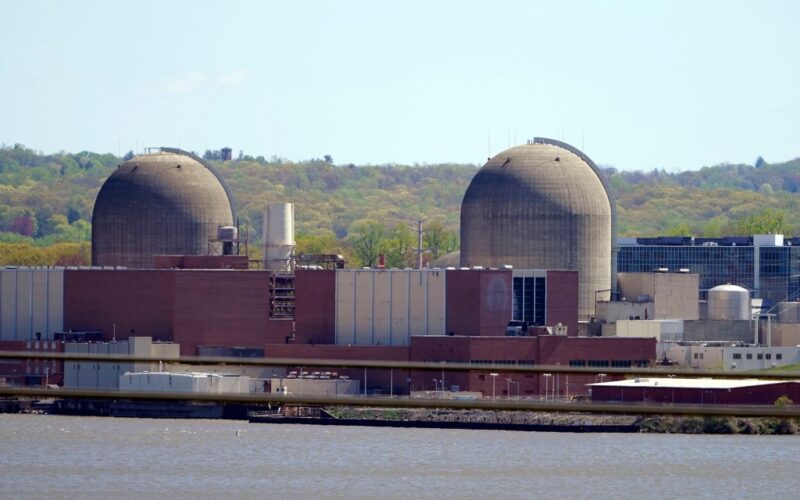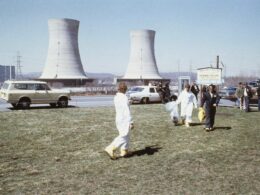While President Trump continues his “drill, baby, drill” energy agenda and many of his backers dismiss climate change as a harmless side effect of progress, New York has continued its march to a greener, cleaner economy.
It’s true there have been bumps in the road and it’s expected key goals set for 2030 to achieve 70% renewably sourced electricity by 2030 are likely to be delayed by a couple of years, if Trump administration actions don’t push that out even further. But it should be noted that other states like California, Colorado, and Washington are behind their short-term goals as well.
Despite a well-orchestrated campaign by opponents, New York has achieved major successes so far in its energy transition efforts. New York two years running is the top community solar market in the nation. And last year, it was announced that 6 gigawatts (GW) of distributed solar (enough to power 1 million homes) have been installed across the state — one year ahead of schedule.
Construction continues on the Champlain Hudson Power Express transmission line that will bring needed clean energy from Canada down to New York City.
And the nation’s first utility-scale offshore wind farm was completed off Long Island.
Just as important are the green jobs that have already been created. New York, as of 2023, created more than 178,000 clean energy jobs, the third most in the U.S., according to the U.S. Department of Labor.
But while there have been early successes, there is still far to go. While critics try to delay, or even kill, the state’s efforts, there is no doubt there is more the state needs to be able to meet its clean energy goals.
It’s unclear just what impact the Trump administration’s rescinding of tax credits for electric vehicles will have in the state. And there is definitely a need for more EV charging stations for both electric trucks and cars. Additionally, utilities must ensure enough power to meet demand, particularly with such energy-consuming, large-scale economic development projects like Micron in Central New York.
One can reasonably argue how fast the state should go in transitioning to a zero-emission grid, but it’s hard to dispute the necessity of getting it done.
That is why Gov. Hochul has been pushing the exploration of advanced nuclear technology. For many environmental activists, the thought of nuclear power sends them straight back to the partial meltdown at the Three Mile Island nuclear facility in Pennsylvania in 1979 or the Chernobyl nuclear accident in Ukraine in 1986.
But the reality is New York has had operating nuclear plants for decades with no incidents. Until its recent closure, the Indian Point nuclear plant provided New York City 25% of its electricity. Upstate, there are still three operating nuclear plants. And according to the U.S. Department of Energy, just about half of the country’s carbon-free electricity comes from nuclear energy, making it the largest domestic source of clean energy.
Nuclear power technology has evolved since the Three Mile Island and Chernobyl incidents and continues to do so. Advanced nuclear reactors are smaller and can “produce zero-emission energy at a significantly higher rate than other energy sources while requiring less land,” according to the Nuclear Energy Institute.
If done right, advanced nuclear can provide a bridge to a renewable-energy fueled economy, offering a zero-emission, clean option, particularly at a time when President Trump has opposed the idea of off-shore and on-shore wind power.
Just as it’s critical that state Climate Act opponents not be allowed to spread misinformation in order to torpedo the state’s ambitious clean energy goals, it’s just as important that environmentalists who oppose just the thought of nuclear power not be allowed to kill what can be a critical step in New York’s energy transition without even a thorough examination of the issue.
Hochul often quotes Wayne Gretzky in saying that “you miss 100% of the shots you don’t take.” If New York is serious about moving toward a zero-emission grid that will lead to a cleaner, greener, healthier, and more affordable New York, particularly in low-income neighborhoods and communities of color harmed most by climate change, it needs to be bold in its thinking, dismiss the knee-jerk opposition, and live up to its moniker as the Empire State.
Advanced nuclear power can help do that.
Lovett is a former long-time, award-winning reporter who covered the New York State Capitol for 25 years, including nearly 11 as the Daily News Albany bureau chief.








